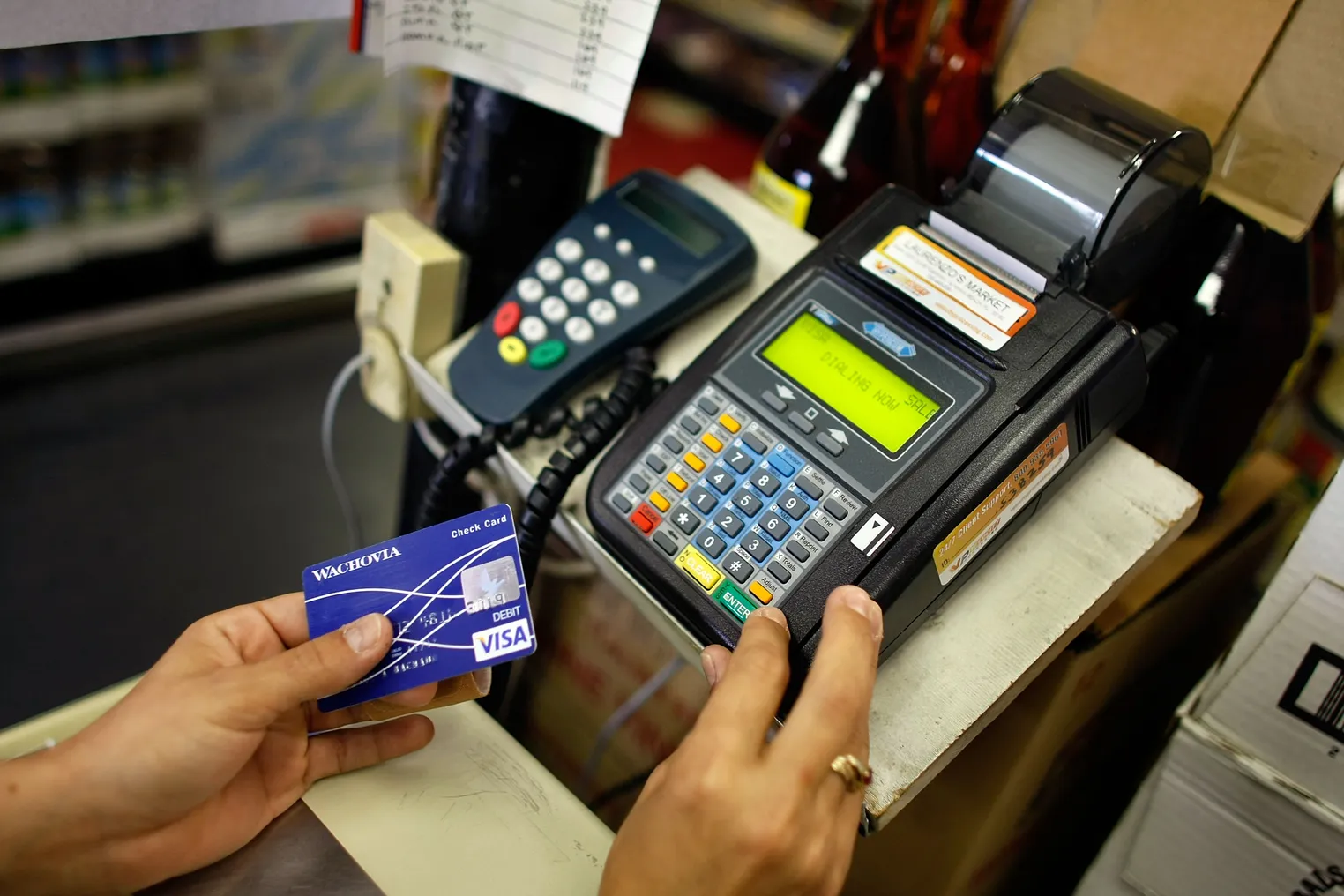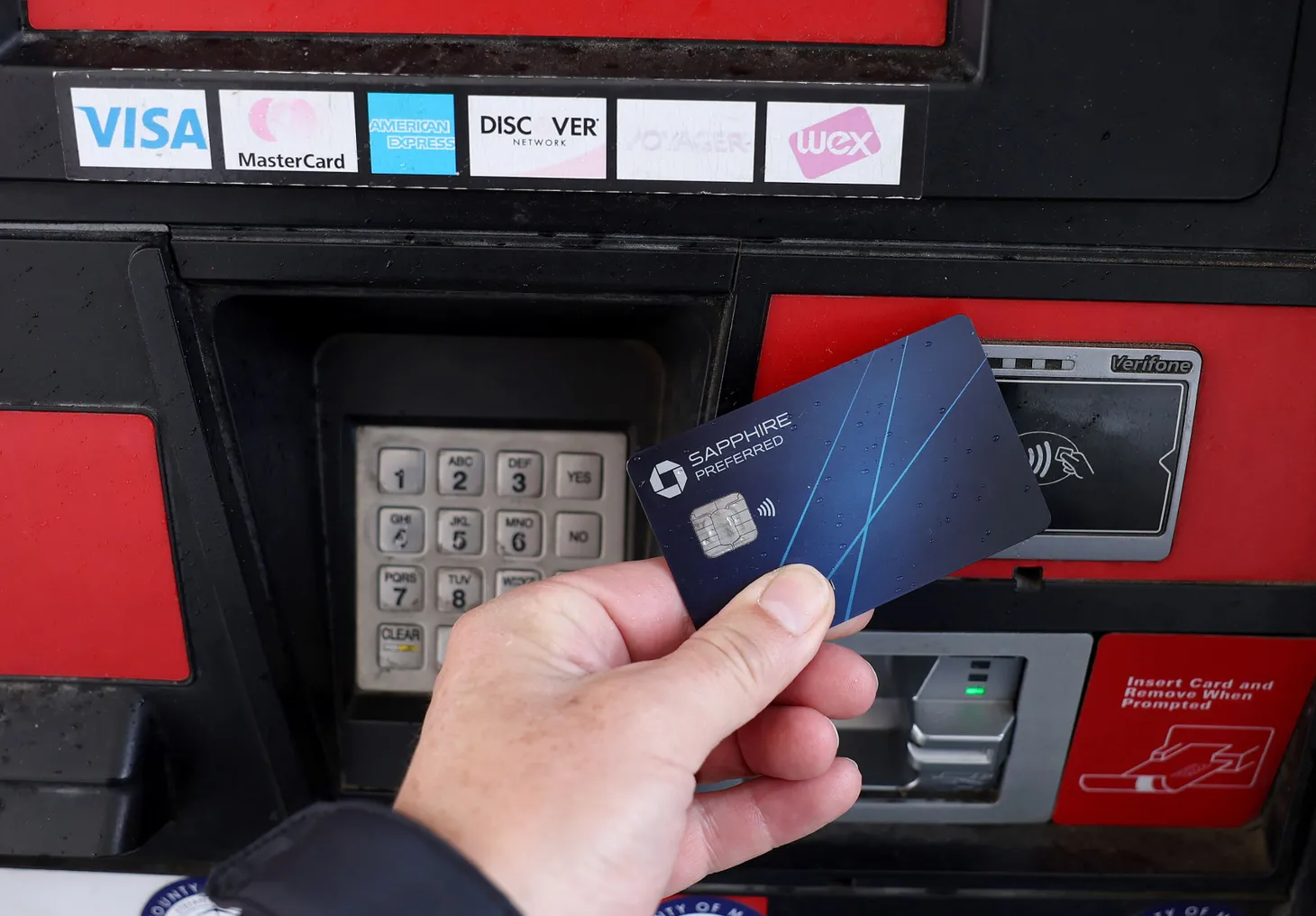In a world where fraudsters continue to innovate, there's a need for a systematic approach that helps all the actors involved in payment processing combat fraud without blocking good transactions.
Information is at the core of payment processing. Merchants, risk systems, acquirers, authentication engines and Payment Service Providers (PSPs) all attempt to evaluate and mitigate the risk associated with a payment. If the available information isn’t sufficient, any party in the chain can block a transaction based on their internal decisioning logic. And all these parties make that decision based on limited information.
This has real consequences on conversion. Our data shows that up to 9% of customers are unable to pay during checkout because their transaction isn’t accepted somewhere along the chain. On top of this missed revenue, merchants can face unexpected high costs – up to 3% of their revenue – because of fraudulent transactions.
The payments industry has tried to diminish the underlying information asymmetry, resulting in the introduction of effective technology such as network tokens, 3DS2 and digital wallets.
And while parties along the payment chain are trying to close the gap, there is a larger opportunity to build a better payments ecosystem.
A complex liability game with limited information
Payments processing is a complex liability game. Often, a party in the chain can’t make an informed decision on whether the user of the payment instrument is its true owner – crucial information to ensure correct and safe processing.
If the available information is insufficient, obtaining more evidence to confirm ownership often results in added friction for the shopper. Every extra input field or intrusive authentication check may lead to an increase in drop-off.
The issuing banks used by shoppers face similar problems at the end of the payment processing chain. Even when parties throughout the chain have made correct assessments, an issuing bank might simply decline the transaction request based on lack of information. A payment might pass checks by a fraud risk system with flying colors or at the skin of its teeth, but that context is unknown to the final decision maker in the chain, the issuing bank.
Even though issuing banks want to both prevent fraud and drive spend, limited information often results in prioritizing the former. To give an example of the payment paradox in action: We see that issuing banks in the U.S. decline transactions under suspicion of fraud simply because successful authentication took place: we see an 8% lower authorization rate for successful 3DS transactions versus transactions that did not go through 3DS.
Reducing false positives without compromises
In a world where fraudsters continue to innovate, there is a need for a systematic approach that helps all the actors involved in payment processing combat fraud without blocking good transactions.
The disconnected involvement of many parties in the chain results in complexity, especially since all decisioning and information exchanges need to happen quickly across fragmented systems and interfaces.
A lot of data is generated in real time – think of the device information, customer journey and behavioural metrics when a shopper presents a payment method online or in an app. This data is key for optimizing payments and accurate risk assessments.
Reducing this asymmetry in information is the problem to solve. The solution to address information asymmetry in payment processing combines two strategies:
1. Obtaining explicit confirmation: obtain explicit evidence that a shopper is the owner (authorized user) of the presented payment method and share this confirmation with the entire chain.
2. Trusting a partner: have parties in the chain rely on one party with the most information to make decisions on their behalf, without presenting additional friction to the end-user
Getting explicit confirmation of user identity
Getting more concrete proof of user identity provides stronger evidence that a shopper is the authorized user, or owner, of a presented payment method. Since phones are one of the few items that truly belong to just one individual, the key to prove ownership seems to be in our pocket.
Seamless payment authentication holds appeal for the customer experience as well. As shoppers adopt biometrics as a safety mechanism for using their mobile devices, they will come to expect this form of easy, non-intrusive security when making a payment.
Digital wallets
Apple’s and Google’s wallets intuitively address the problem of authentication. The biometric Face ID or fingerprint on the user’s mobile device seamlessly collects and verifies ownership of a payment instrument. Rather than frustrating a shopper with an added layer of authorization, digital wallets transform a drop-off point into an easy, fast and secure checkout experience.
Digital wallets have convinced acquirers, card schemes, issuing banks and other parties down the chain that the proof of ownership collected on-device (cryptogram) is as strong as issuing banks performing their own authentication with SMS or in-app confirmation, resulting in a shift of fraud risk liability from merchant to issuing bank. The data shows this too: we’re seeing 85% less fraud chargebacks for wallets compared to non-authenticated traffic.
Leveraging the biometrics on mobile devices has proven to be a major leap in providing enhanced security for payments. Unfortunately, it doesn’t solve the problem of fraud completely. Malicious users are finding new ways to commit fraud using digital wallets by exploiting the weak provisioning stage of some issuing banks.
FIDO and passkeys
Rapid developments around fast identity online (FIDO) and passkeys are expected to further accelerate the adoption of biometrics in payments to provide explicit confirmation of ownership. Passkeys are meant to replace passwords and based on public-key cryptography, unique to a website or application.
The industry-adopted FIDO standard opens up opportunities for other players to provide similar secure and seamless payment experiences. As an example, Pix, the fast growing instant payment method in Brazil, is working with PSPs to connect Pix accounts to mobile devices and leverage passkeys to create more intuitive payment experiences.
While it’s too early to tell if passkeys for payments are a game changer, they definitely help merchants unlock safe and seamless payments experiences similar to a digital wallet.
Trusted partner
Strong authentication techniques with biometrics and FIDO are a major step forward to meet the different requirements of key parties. One thing is for certain: fraudsters will continue to innovate. That’s why it’s important to address the problem of information asymmetry by relying on trusted partners as well.
If different parties in the chain rely on the party with the most high-quality information to make decisions on their behalf, one party can optimize for all the choices at hand.
Card schemes and payment methods have datasets that are sometimes even larger than those of PSPs. Yet their position in the chain comes with a disadvantage: they lack a direct integration with the merchant. On the other hand, risk solutions that don’t act as PSPs lack the scale in terms of data and can’t influence the payment experience, authorization messages, or share data with other parties.
Given their position in the chain and consequent access to customer (shopper) data, PSPs could be designated as the best party to orchestrate information streams to get to an optimal outcome. PSPs collect sizable datasets on global commerce, providing a strong basis to differentiate trusted shoppers from fraudsters.
This brings a logical advantage to merchants. Even if a shopper is new to them, the PSP has seen that shopper before. For Adyen, there’s a 90% chance we’ve seen a shopper before in retail.
A global PSP platform has the power to link individual transactions in order to build historical shopper context. This entity resolution unlocks the ability to derive new patterns and conclusions from groups of transactions to ultimately improve conversion in real time.
A PSP is directly integrated with the merchant and capable of collecting data, as well as influencing the real-time payment experience. PSPs can make decisions on fraud risk using the unique historical data of shoppers with more precision, decreasing false positives and the risk of blocking good shoppers.
They can also create better and faster payment experiences for trusted shoppers by, for example, dropping the credit card CVC or AVS fields in checkout, or not pushing additional authentication checks.
The case for a larger role for PSPs
The industry is recognizing that PSPs should play a larger role, with growing support for scheme’s data-only flows. This initiative is a convenient way for acquirers to share (merchant) data with issuing banks via EMV 3DS, an infrastructure that’s already in place for authentication. Our experiments with data-only are showing promising first signs of conversion uplift and significant decreases in fraud.
Similarly, certain issuing banks invest in data sharing with acquirers beyond existing rails orchestrated by card schemes such as CapitalOne’s Direct Data Share project. The open-source API allows acquirers to send over additional data a couple of milliseconds before the authorization requests. The benefits to the ‘risk score’ of the acquirer are obvious: we’ve observed a consistent 70bps+ increase in conversion without an increase in fraud on Capital One’s side.
To improve conversion and reduce fraud further, the industry should work towards a design where accurate filtering by a PSP gets rewarded by issuing banks in a much more transparent way.
A machine learning first approach to payment optimization
The value of PSP data for payment optimization only increases when combined with machine learning. The accuracy and precision of machine learning to combat fraud has proven to be superior to business rules with predefined conditions. On top of the obvious benefits of accuracy, scalability and timeliness, there’s an increased interest in the operational efficiency of machine learning as the macro-economic focus shifts to profit over revenue growth.
Historically, payment processing requires multiple sequential decisions that are made in isolation. For example, a fraud risk analysis would predict the probability of third-party fraud, while completely unaware of the authentication model. The next step for the industry would be shifting focus to a global optimal outcome instead of a series of local optimal outcomes.
With Adyen Uplift, we’re seeing strong evidence to back up the argument that models should be optimized globally. Combining individual decisions into one optimal outcome per shopper on a platform level will balance conversion, fraud and cost.
Explainability of machine learning models
While the increasing dependency on machine learning guarantees performance, there are new challenges to solve around possible conflicts of interest between merchants, PSPs and issuing banks. To help mitigate these challenges, interpretability and explainability of machine learning decisions are paramount.
Merchants need to test different risk and payment strategies that balance conversion, costs and fraud in parallel to find the sweet spot for their business. Systematic experimentation of AI solutions, controlled by merchants, will help them adapt to changing payment behaviors and refine models based on real-world data in a controlled environment.
Meaningful automation in payment management increases efficiency by reducing manual operations with control and impactful recommendations based on PSP-wide insights. Changes to the payments processing setup should go through an experiment to validate its impact on a merchant’s critical set of success metrics: conversion, fraud and costs.
Lastly, there needs to be continuous investment in carrying the responsibility of data. Large PSPs and acquirers with banking licenses are well positioned to do so, leveraging their strong controls around collecting, securing, storing and using payments data.
The future of payment processing
Addressing information asymmetry continues to be a top priority for all parties involved in payments processing. Increasing adoption around biometrics and digital wallets will help obtain explicit confirmation of user identity, reducing fraud without compromising user experience.
There’s additional value to be gained from those stepping up as a trusted partner to provide other parties in the value chain with correct and timely insights on the risk and identity behind transactions.
As machine-learning and large datasets evolve from nice-to-have to need-to-have, the use of experimentation tooling should be top of mind for all parties involved looking for more efficient and reliable payment infrastructure.
Want to learn more about our AI-powered payment optimizations? Discover the Adyen Uplift product suite.
Article top image credit: Permission granted by Adyen









